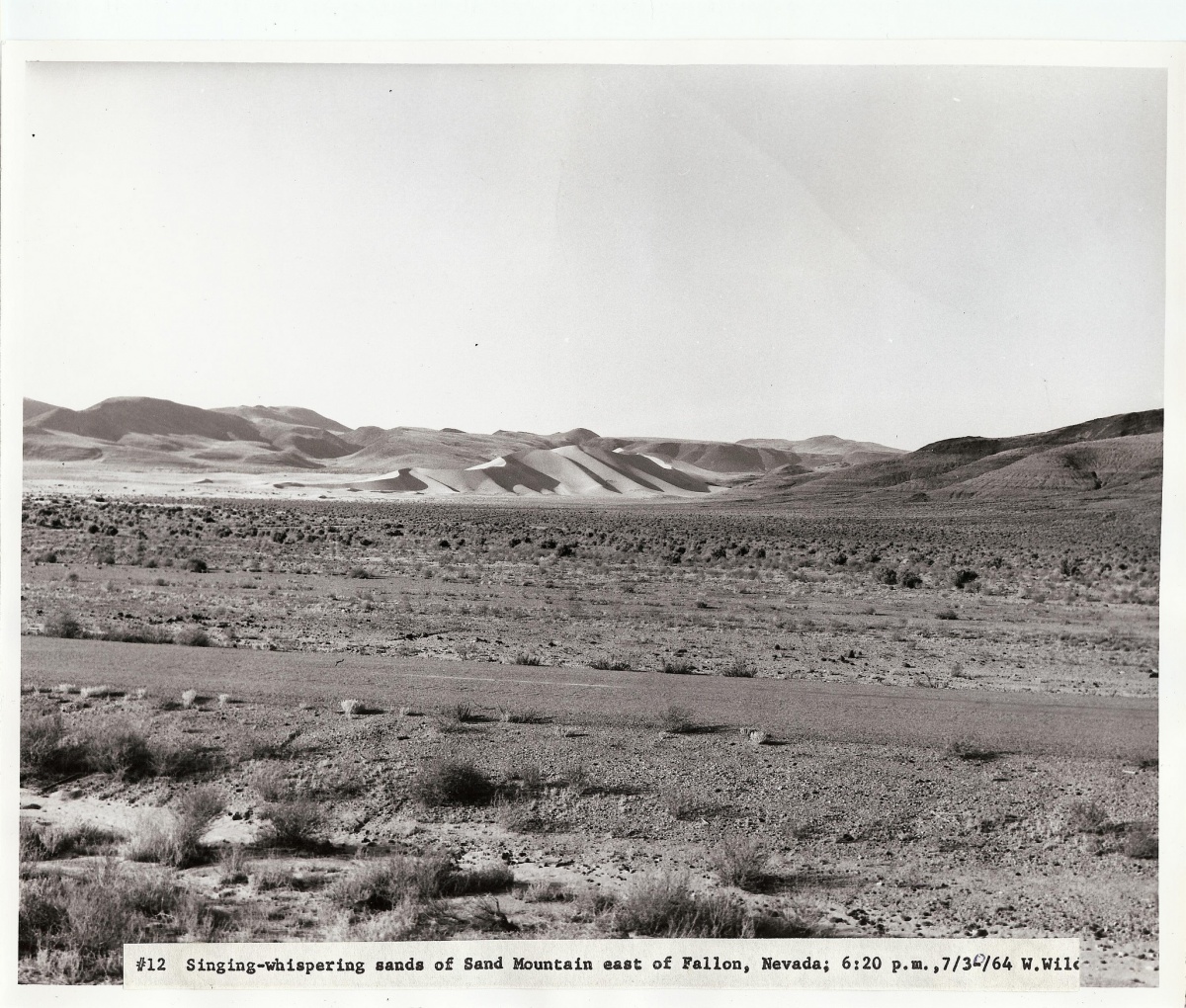BLM Nevada History
In 1846, the United States and Mexico signed the Treaty of Guadalupe Hidalgo, ending the Mexican-American War. Part of the treaty included transferring all the land in what is now Nevada from the Mexican government to the federal government of the United States. When Nevada became a state in 1864, its constitution explicitly said that the state wouldn’t claim any public land that wasn’t spoken for. This left the vast majority of Nevada’s land in the public estate, managed by the federal government. Today, Nevada contains forty-eight million acres of public land, amounting to 63 percent of the state, managed by the Bureau of Land Management (BLM).
From 1846 to 1872, the federal government’s main role in Nevada was through the General Land Office, the agency that carried out the Homestead Act. Nevada’s wide-open range offered opportunities for cattle ranching and sheep herding on public land, on which grazing operators did not have to pay rent or property tax.
Mining has played a central role in Nevada’s economy since the discovery of silver in the Virginia City area in 1859. Nevada Congressional representatives helped to stabilize the legal environment for mining by passing several federal mining laws, the most important coming in 1866 and 1872. The 1872 Mining Act still provides the legal basis for BLM’s regulation of solid mineral mining today.
In 1934, Congress passed the Taylor Grazing Act to help cattle ranchers and sheep herders settle disputes over grazing and prevent over-grazing of public land. In 1936, the first seven employees of the new Grazing Service were transferred into the agency from the U.S. Geological Survey (USGS). In 1946, Congress combined the General Land Office and the Grazing Service to create the Bureau of Land Management. In 1950, the Nevada-California Region II of the newly-created bureau moved its district grazing headquarters from San Francisco to Reno, creating the first BLM Nevada state office in the old post office building. The first BLM Nevada "regional grazier" was Edmund R. “Tiny” Greenslet, who was among the first seven transferred employees from USGS. In 1954, Greenslet became the first BLM State Supervisor for Nevada, a position he held until he retired in 1958.
In 1971, wild horses were added to the BLM’s mission by the Wild Horse and Burro Act. This law resulted from the efforts of Reno activist Velma Bronn Johnston. Johnston, whose family owned a children’s dude ranch and who worked as a secretary at an insurance company, began protesting against cruel treatment of Nevada’s wild horses in 1950. Known as “Wild Horse Annie,” Johnston led letter-writing campaigns that resulted in federal laws prohibiting the hunting and capture of wild horses, first in 1959 and then more comprehensively in 1971. Today, Nevada has more wild horses than the rest of the western states put together, managed by the BLM under the 1971 law.
BLM’s stewardship of public land in Nevada continues. Today, Nevada is home to the largest special recreation permit, the annual Burning Man Festival in the Black Rock Desert, and regular land sales in the Las Vegas Valley under the Southern Nevada Public Land Management Act fund new public parks and conservation initiatives.

